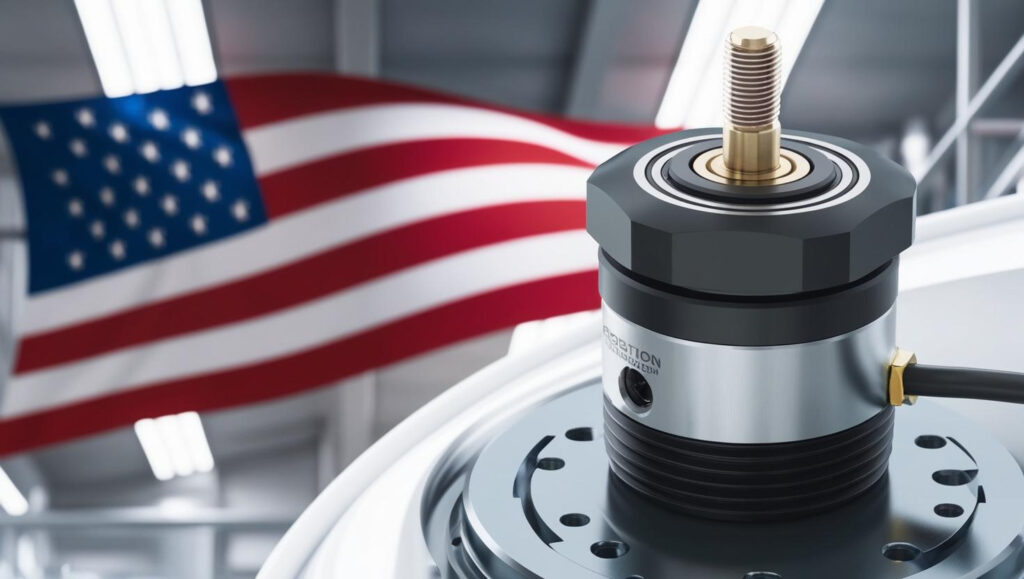The U.S. tariff landscape has undergone significant changes in recent years, particularly with rising trade tensions between the United States and China. These developments have had a substantial impact on various technology-driven sectors, including the position sensor industry, which plays a crucial role in automotive, aerospace, manufacturing, robotics, and consumer electronics. This article explores how U.S. tariffs are affecting the position sensor market, highlighting challenges, market responses, and future outlook.
Understanding the Position Sensor Market
Position sensors are essential components used to detect the position of an object and convert this data into signals for control systems. These sensors are vital in ensuring operational precision, safety, and automation in numerous industries. With growing adoption in advanced driver-assistance systems (ADAS), industrial automation, and medical devices, the global demand for position sensors is on the rise.

Request US Tariff Impact Analysis Now @ https://www.marketsandmarkets.com/forms/ctaTariffImpact.asp?id=17719728
U.S. Tariffs: A Disruptive Force in Global Supply Chains
The imposition of U.S. tariffs on electronic components and raw materials—especially those imported from China—has disrupted the global supply chain of position sensors. Many sensor manufacturers source essential components such as semiconductors, rare earth elements, and magnetic materials from international suppliers. Tariffs have led to:
- Increased Production Costs: Additional duties on imported materials have raised the overall manufacturing costs, pressuring profit margins for U.S.-based sensor manufacturers.
- Supply Chain Delays: Restrictions and trade barriers have led to delays in material procurement, forcing companies to seek alternative, often more expensive, sources.
- Price Volatility: Manufacturers have had to adjust pricing strategies to maintain profitability, causing fluctuations in sensor pricing across end-user markets.
Impact on Key Industry Segments
- Automotive Sector: The automotive industry is a major consumer of position sensors. Tariffs on imported components used in electric vehicles (EVs) and autonomous systems have slowed innovation cycles and impacted deployment costs.
- Industrial Automation: Position sensors used in robotics and manufacturing automation have faced procurement delays, potentially slowing the implementation of smart factory initiatives in the U.S.
- Consumer Electronics: Tariffs have increased the cost of producing smart devices with embedded motion and position tracking features, affecting product pricing and consumer demand.
Strategic Industry Responses
To mitigate the impact of tariffs, many position sensor companies are:
- Diversifying Supply Chains: Manufacturers are shifting sourcing from China to Southeast Asia, Mexico, and other low-cost regions to avoid tariff penalties.
- Investing in Domestic Manufacturing: U.S. firms are reevaluating onshore manufacturing options to reduce dependence on imports.
- Leveraging Trade Agreements: Businesses are exploring opportunities created by trade deals like the USMCA (United States-Mexico-Canada Agreement) to balance costs and maintain competitiveness.
Outlook: Challenges and Opportunities Ahead
While tariffs pose significant short-term challenges, they have also triggered innovation in procurement and manufacturing strategies. The long-term growth of the position sensor market remains promising, driven by megatrends such as Industry 4.0, electric mobility, and healthcare digitization.
To stay competitive, companies must continue to focus on:
- R&D investments to develop cost-efficient, high-performance sensors.
- Strategic alliances and localized partnerships.
- Policy advocacy to support fair and stable trade practices.